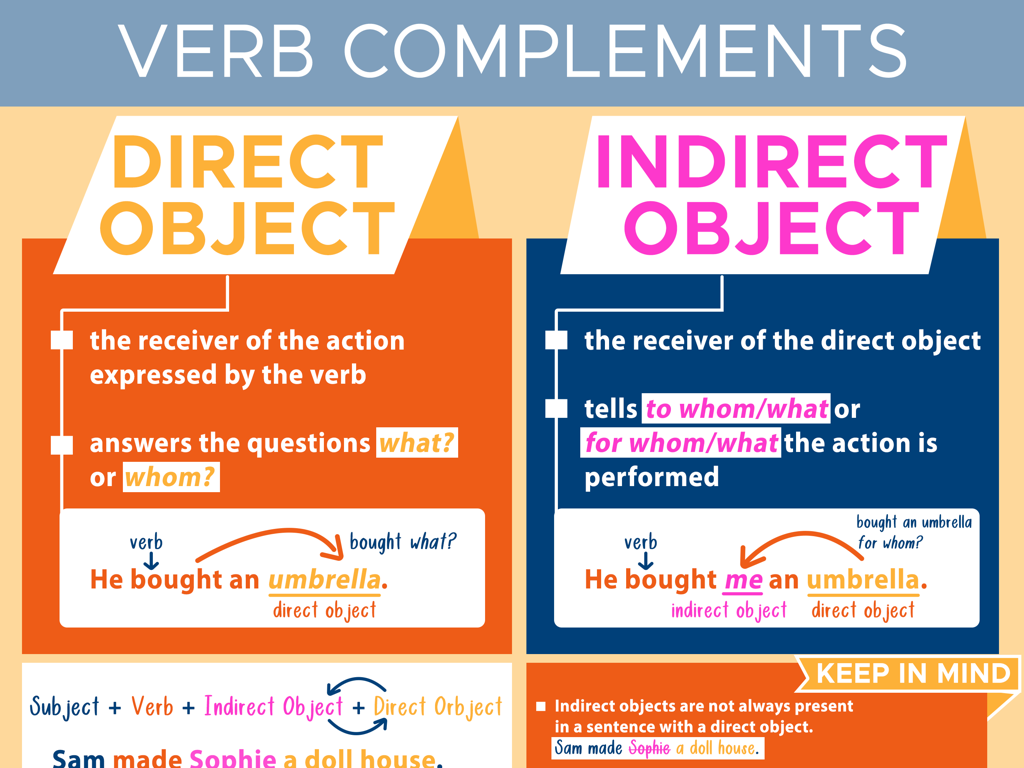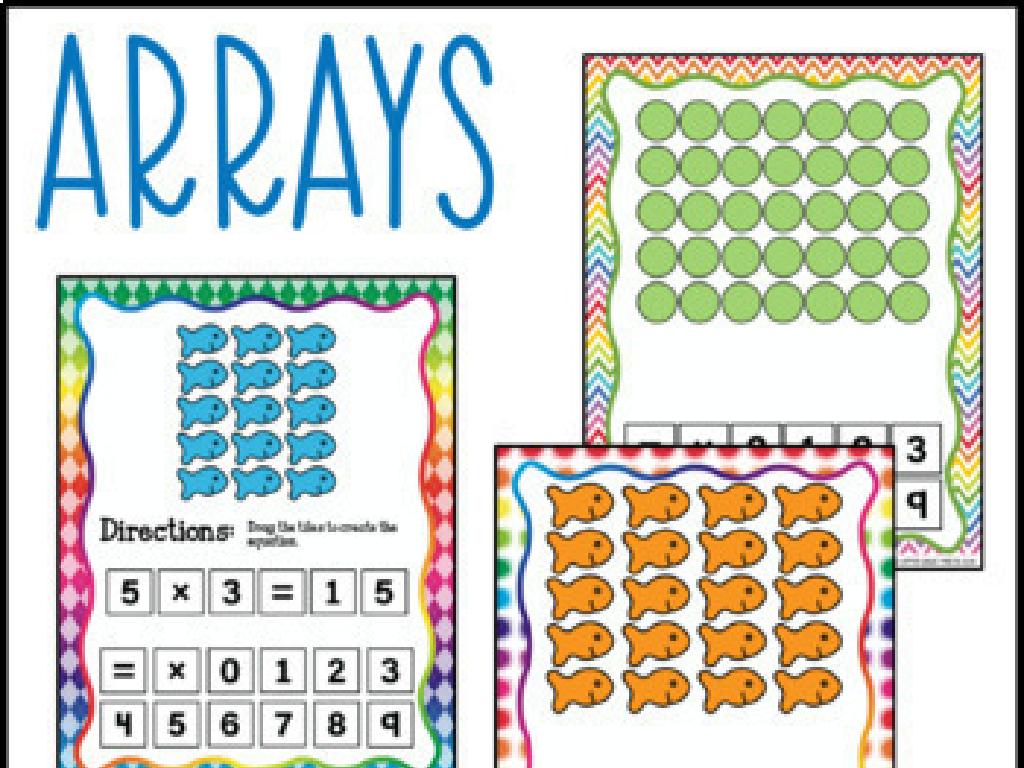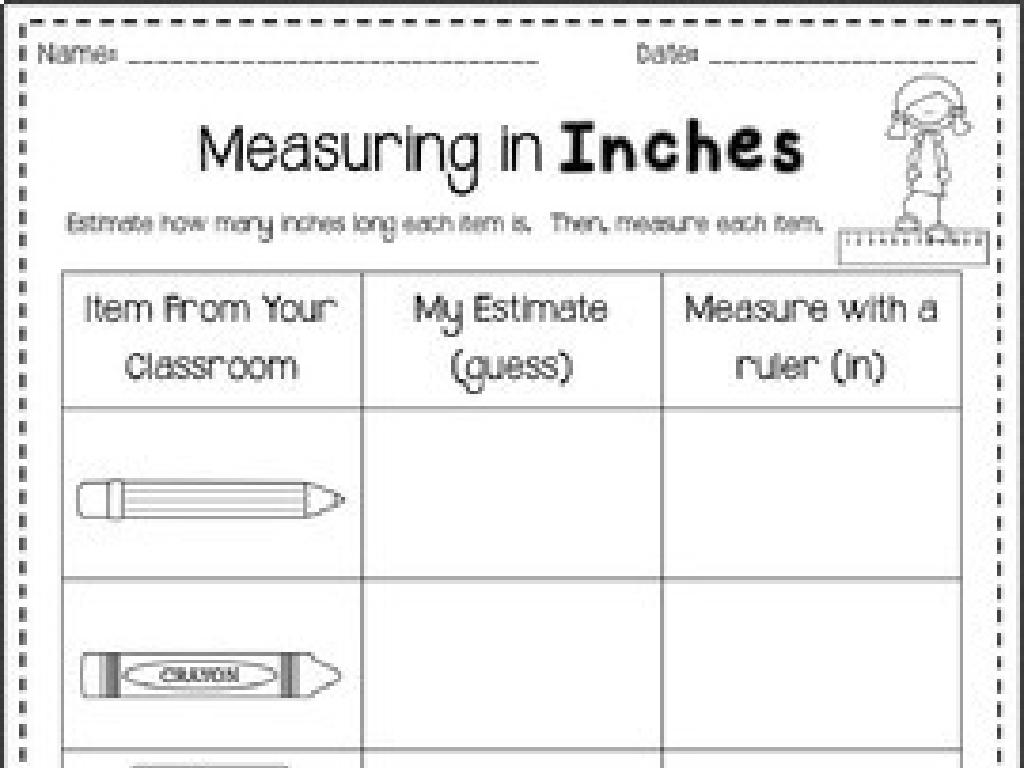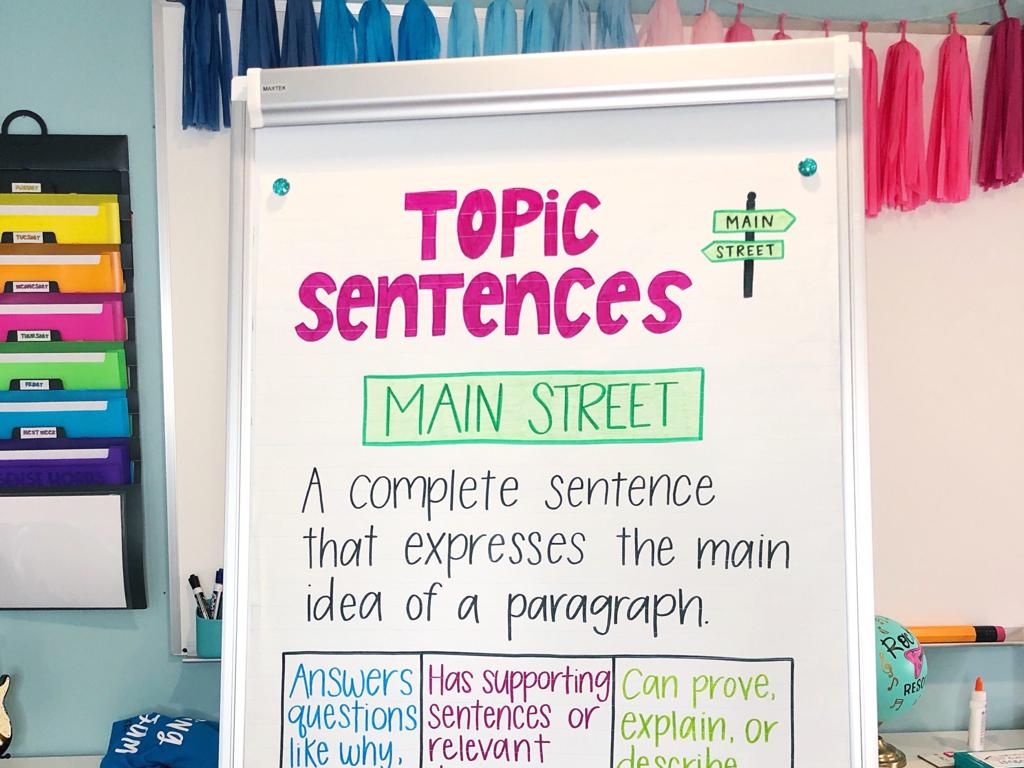Use Place Value To Add Two-Digit Numbers - With Regrouping
Subject: Math
Grade: Second grade
Topic: Addition Strategies: Two Digits
Please LOG IN to download the presentation. Access is available to registered users only.
View More Content
Welcome to Addition Strategies!
– Learn a new way to add numbers
– Understand place value
– Place value tells us what each digit in a number is worth
– Discover what regrouping is
– Regrouping is carrying over a value to the next place
– Practice adding with regrouping
– Let’s try adding 26 + 35 together using regrouping!
|
This slide introduces second-grade students to the concept of adding two-digit numbers using place value and regrouping. Begin by explaining that place value is the value of where the digit is in the number (e.g., in 45, 4 is in the ‘tens’ place and worth 40). Then, introduce regrouping as a method used when two digits in the same place value add up to more than 9. For example, when adding 26 + 35, you add the ones place (6+5=11), write down the 1 in the ones place and regroup the other 1 to the tens place. Next, add the tens place (20+30=50, plus the regrouped 10 makes 60). The final answer is 61. Provide several examples and use visual aids like blocks or drawings to help students visualize the process. Encourage students to practice with different numbers and prepare for hands-on activities in the next class.
Understanding Place Value in Addition
– Every digit has a position value
– Place values: Ones, Tens, Hundreds
– Examining the number 23
– 23 is made up of 2 Tens and 3 Ones
– Values of 2 and 3 in 23
– 2 stands for 20, and 3 stands for 3
|
This slide introduces the concept of place value, which is fundamental to understanding addition with regrouping. Start by explaining that each digit in a number has a specific value depending on where it is located. Use visual aids like blocks or charts to show the ones, tens, and hundreds places. With the number 23 as an example, demonstrate that the ‘2’ is in the tens place and represents 20, while the ‘3’ is in the ones place and represents 3. Ensure students grasp that the value of a digit changes with its position. Activities can include using manipulatives to build numbers and identify the value of each digit, or drawing place value charts and filling in the correct number of tens and ones.
Adding Two-Digit Numbers Without Regrouping
– Start with the Ones place
– Add the rightmost digits first
– Then add the Tens place
– Next, add the leftmost digits
– Example: 23 + 35
– 3 + 5 = 8 and 2 + 3 = 5, so 23 + 35 = 58
|
This slide introduces students to the concept of adding two-digit numbers without the need for regrouping. Begin by explaining that they should always start adding from the Ones place, which is the rightmost digit in the number. After adding the Ones, move to the Tens place, which is the next digit to the left. Use the example provided (23 + 35) to illustrate this concept. Show them how to add 3 (Ones) and 5 (Ones) to get 8, and then add 2 (Tens) and 3 (Tens) to get 5, combining them to make 58. Emphasize that no carrying over is needed because the sum of the Ones and the Tens are less than 10. Encourage students to practice this method with various two-digit addition problems to build their confidence and understanding.
Introduction to Regrouping in Addition
– Adding with numbers over 9
– Regrouping in the Ones place
– When Ones add to 10 or more, we regroup
– Carrying over to Tens place
– Move extra Ones to the Tens place
– Practice with an example
– Let’s add 27 + 19 and see regrouping in action!
|
This slide introduces the concept of regrouping, which is essential when the sum of the Ones place is 10 or more. Explain that regrouping is like ‘carrying over’ to the next place value, which in this case is the Tens place. Use visual aids to show the process step by step. For example, with 27 + 19, combine the 7 and 9 to get 16. Place the 6 in the Ones place and carry over the 1 to the Tens place, resulting in 46. Provide several examples and encourage students to practice with hands-on materials like blocks or drawings to solidify their understanding.
Adding Two-Digit Numbers with Regrouping
– Start by adding the Ones
– Add numbers in the Ones column first
– Regroup if sum is 10 or more
– If Ones add up to 10+, write down the Ones and carry the Tens
– Carry over to the Tens
– Write the carried Ten above the Tens column
– Add the Tens with the carried number
– Add Tens column and the carried Ten together
|
This slide introduces the concept of regrouping when adding two-digit numbers. Begin by explaining that students should always start adding from the Ones place. If the sum of the Ones place is 10 or more, they need to ‘regroup’ by writing down the Ones digit and carrying over the Tens digit to the next column. Emphasize that carrying over helps us manage numbers larger than 9 in the Ones place. Next, guide students to add the Tens place numbers, including any number they carried over. Use examples like 27 + 38 to illustrate the process: add 7 (Ones) + 8 (Ones) = 15, write down 5, carry over 1 to the Tens place, then add 2 (Tens) + 3 (Tens) + 1 (carried over) = 6 for a final result of 65. Practice with several examples and provide hands-on activities to reinforce the concept.
Let’s Practice Regrouping with Addition
– Example 1: Adding 27 and 38
– Stack numbers & add ones place: 7+8=15, write 5, carry 1
– Example 2: Adding 46 and 57
– Stack numbers & add ones place: 6+7=13, write 3, carry 1
– Step-by-step regrouping
– Add tens place & carried number: 2+3+1=6, write 65
– Practice makes perfect!
– Add tens place & carried number: 4+5+1=10, write 103
|
This slide is designed to help students practice the concept of regrouping when adding two-digit numbers. Start with the first example by stacking the numbers vertically and adding the ones place. Since 7 plus 8 equals 15, we write down 5 and carry over 1 to the tens place. Next, add the tens place numbers along with the carried over 1 to get the final answer. Repeat the process with the second example. Emphasize the importance of practice for mastering regrouping. Provide additional examples if time allows and encourage students to try creating their own problems to solve.
Activity Time: Adding with Regrouping
– Pair up for a math adventure
– Get your set of number cards
– Create two-digit addition problems
– Combine cards to make new numbers
– Practice regrouping skills
– Remember to carry over if the sum is 10 or more
|
This activity is designed to reinforce the concept of place value and the process of regrouping in addition. Students will work in pairs to foster collaboration and peer learning. Provide each pair with a set of number cards. Instruct them to use the cards to create their own two-digit addition problems. Emphasize the importance of lining up the digits according to place value. As they solve the problems, guide them through the regrouping process, ensuring they understand when and how to carry over to the next place value. Possible activities: 1) Have students exchange problems with another pair to solve, 2) Create a ‘math gallery’ where students can display their problems and solutions, 3) Introduce a ‘challenge problem’ that requires multiple regrouping steps, 4) Use manipulatives like base-ten blocks to visualize regrouping, 5) Incorporate a timed ‘regrouping relay’ where pairs compete to solve problems accurately.
Review: Adding with Place Value and Regrouping
– Place value in numbers
– Each digit has a value based on its position.
– Regrouping in addition
– Sometimes we carry numbers to the next column.
– Practice with examples
– Let’s add 34 + 19 and see how regrouping works.
– Mastery through repetition
|
This slide is a recap of our previous lessons on addition using place value and regrouping. Start by reminding students that each digit in a number has a specific value depending on its position (ones, tens, hundreds, etc.). Then, explain regrouping, which is sometimes necessary when the sum of the ones or tens exceeds 9 and we need to carry over to the next place value. Provide several examples for the class to work through together, such as 34 + 19, demonstrating how to regroup the ones into the tens place. Emphasize the importance of practice to become confident in adding two-digit numbers with regrouping. Encourage students to practice these skills at home to achieve mastery.
Homework Challenge: Addition with Regrouping
– Complete your addition worksheet
– Use regrouping for each problem
– Regrouping means carrying over a ten to the next column
– Note down any tricky questions
– Write down any problems where you felt stuck
– Bring questions to our next class
|
This homework is designed to reinforce the concept of regrouping in addition, which is a key skill in understanding place value. Encourage students to attempt each problem on their worksheet by breaking down the numbers into tens and ones, and then combining them, carrying over to the next place value when necessary. Remind them that it’s okay to have questions and that writing them down will help us address any confusion in the next class. Provide examples on the worksheet that clearly demonstrate the regrouping process. Offer a variety of problems with different levels of difficulty to cater to all students and ensure they practice this skill thoroughly.






